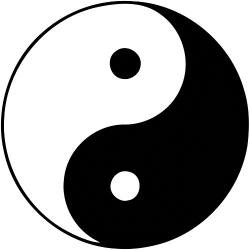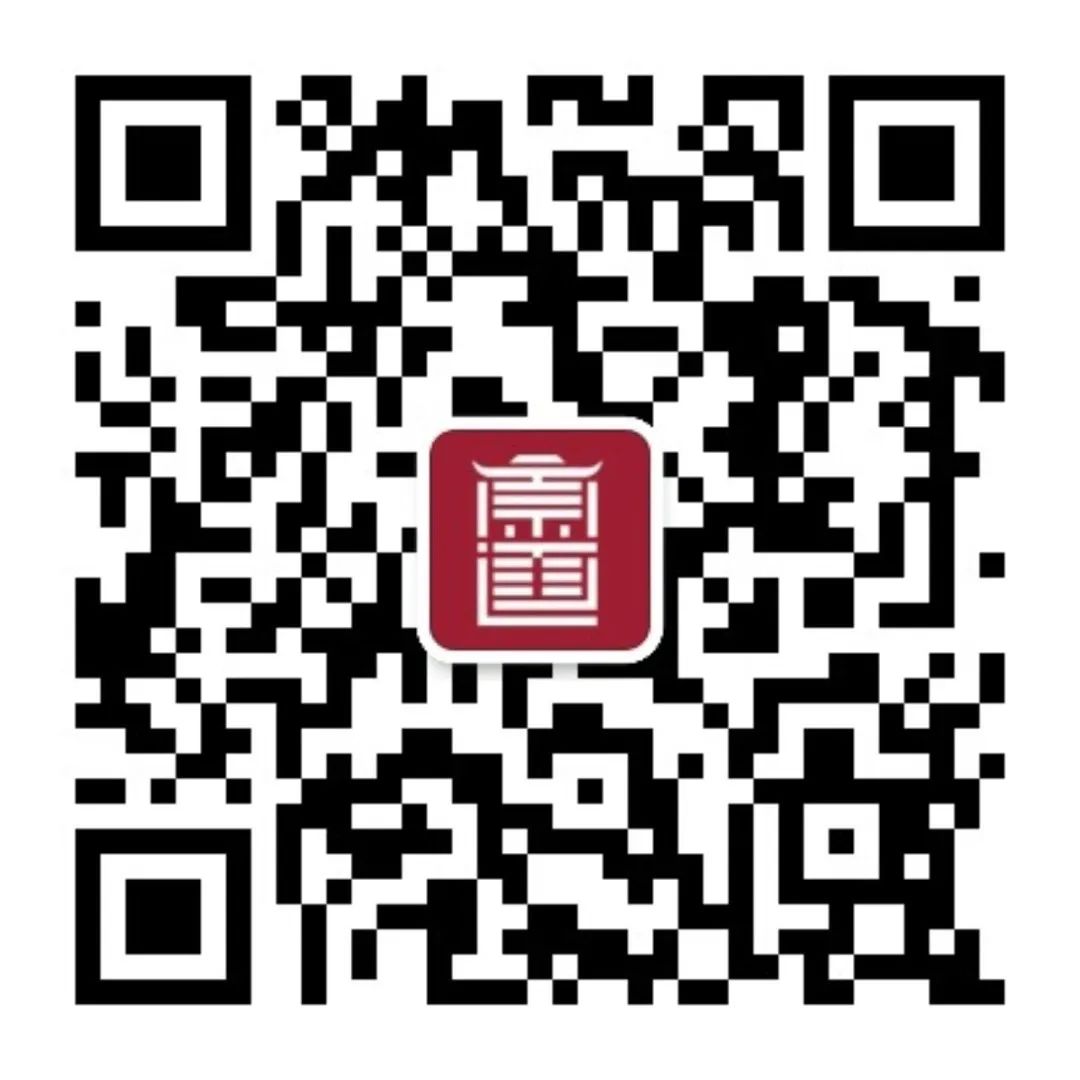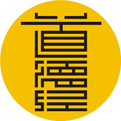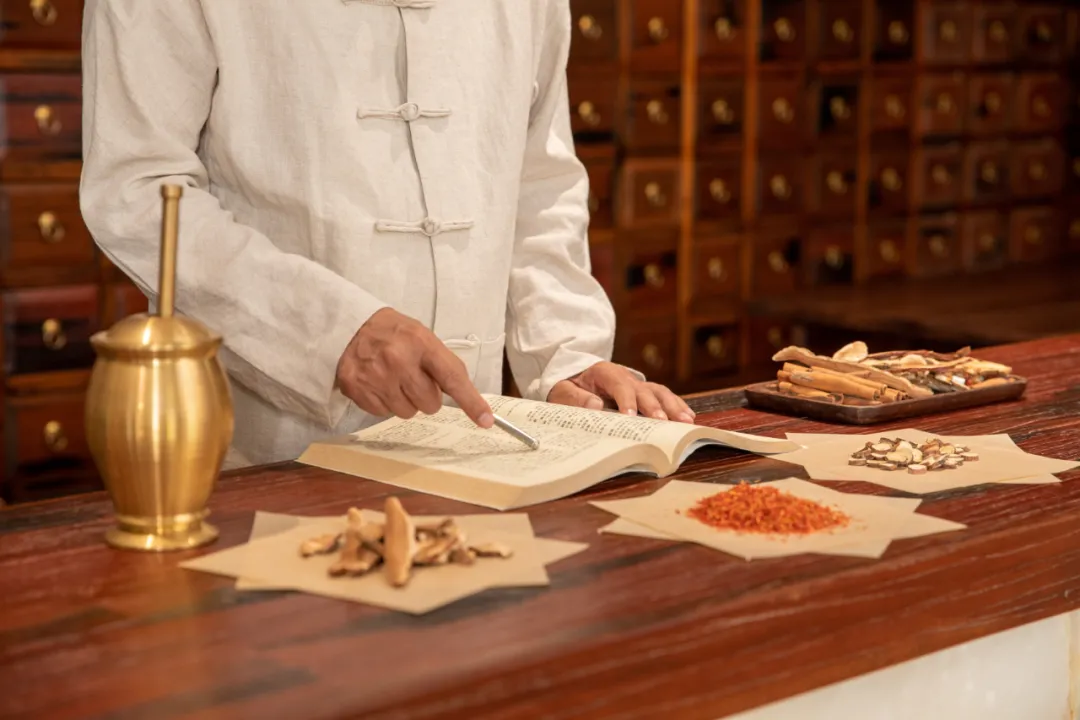
What do “Xu” (虚) and “Shi” (实) really mean? Xu and Shi refer to the nature of pathological changes, and they are an extremely important aspect of differentiation diagnosis.
Therefore, when there is Xu, we tonify; when there is Shi, we drain. This is the fundamental principle of differentiation and treatment; tonifying leads to Shi, and draining leads to Xu, which is the inevitable result of precise differentiation and treatment. However, understanding the Xu and Shi of pathological changes and the corresponding treatment methods can be quite challenging.
Based on literature and clinical experience, the meanings of Xu and Shi are summarized as follows for research purposes, which may assist in differentiation diagnosis and treatment.
When analyzing the Xu and Shi of pathological changes during differentiation, there are various meanings that should not be confused, as this would affect the accuracy of differentiation. Upon detailed analysis, there are approximately the following meanings:

1. Differentiating Xu and Shi based on the strength of Zheng Qi (正气)
In the “Shang Han Lun (Treatise on Cold Damage) – Ping Mai Fa (Method of Pulse Diagnosis)” it states: “When the pulse comes quickly and leaves slowly, this indicates internal Xu and external Shi; when the pulse comes slowly and leaves quickly, this indicates internal Shi and external Xu.”
Zhou Chengzhi explains in the “Bian Ping Mai Zhang Ju” that: “The coming and going refers to the pulse’s entry and exit; entry and exit refer to the internal and external aspects of Yin, Yang, blood, and Qi. A quick coming and slow leaving indicates more Qi is exiting and less is entering, thus Qi gathers externally, hence external Shi; a slow coming and quick leaving indicates less Qi is exiting and more is entering, thus Qi gathers internally, hence internal Shi. External Shi indicates weak Yin absorption, hence internal Xu; internal Shi indicates weak Yang propulsion, hence external Xu.”
The entry and exit of pulse Qi, whether Yin or Yang, all belong to the category of Zheng Qi, therefore, the Xu and Shi mentioned here refer to Zheng Qi and do not include Xie Qi (邪气, pathogenic factors).
2. Differentiating Xu and Shi based on the strength of Xie Qi (邪气)
The “Suwen (Plain Questions) – Tong Ping Xu Shi Lun (Discussion on Xu and Shi)” states: “When Xie Qi is strong, it is Shi; when the essence Qi is depleted, it is Xu.”
Zhang Zhizong in the “Suwen Jizhu” explains: “Xie Qi refers to the pathogenic factors of wind, cold, heat, and dampness, while essence Qi refers to Ying Qi (营气) and Wei Qi (卫气). Xie Qi can be slightly strong, hence when Xie Qi is strong, it is Shi; Zheng Qi can be strong or weak, hence when essence is depleted, it is Xu. Depletion means loss, which may be due to Xie Qi taking away the essence.”
Japanese scholar Tanba Genkan in the “Suwen Shi” states: “When Xie Qi invades the body, it must first take advantage of the weakness of essence Qi to enter. Once inside, if essence Qi is abundant and Xie Qi is also strong, it is Shi, such as in the case of cold damage with a strong stomach. If Xie Qi enters and the essence Qi cannot resist it, it is taken away by Xie Qi, thus it is Xu, such as in the case of direct cold damage.”
Whenever Xie Qi is present, regardless of its strength, it is considered a Shi condition; whenever there is no Xie Qi present, it is merely a deficiency of essence Qi, regardless of whether it pertains to Qi or blood, in the organs or bowels, it is considered Xu.
This concept is widely applied in clinical practice.

3. Differentiating Xu and Shi based on the presence or absence of disease
There are two situations regarding the differentiation of Xu and Shi based on disease presence.
1. Disease is Shi, absence of disease is Xu
As stated in the “Nanjing (Classic of Difficult Issues) – Difficulty 48”: “External pain and internal comfort indicate external Shi and internal Xu; internal pain and external comfort indicate internal Shi and external Xu.”
If the pathogenic factor is external, it causes external pain, which is to say the pathogenic factor is on the surface. For example, in the case of Gui Zhi Tang (Cinnamon Twig Decoction) or Ma Huang Tang (Ephedra Decoction), one may only see symptoms of aversion to cold, fever, and body aches, which are external manifestations. Since the pathogenic factor has not penetrated internally, there is no internal suffering, hence it is called external Shi, and since there is no internal suffering, it is called internal Xu, which is in contrast to external Shi, not indicating that Zheng Qi is Xu internally.
If the pathogenic factor occurs internally and causes internal pain, regardless of whether it is cold or heat, it is classified as internal Shi based on the location of the pathogenic factor; if the pathogenic factor is not external, there is no external suffering, hence it is called external Xu.
Thus, Shi indicates disease, while Xu indicates absence of disease, which is also a contrasting meaning.
2. Disease is Xu, absence of disease is Shi
As stated in the “Nanjing – Difficulty 58”: “Yang Xu and Yin excess lead to sweating and recovery; purging leads to death; Yang excess and Yin Xu lead to sweating and death; purging leads to recovery.”
Hua Shou explains: “When the disease is Xu, the absence of disease is excess. Only when it is Xu can the pathogenic factor invade; only when it is excess can the pathogenic factor not enter. This refers to the case of exterior disease harmonizing with interior disease, and interior disease harmonizing with exterior disease, specifically referring to the transmission of cold damage. If the exterior disease harmonizes with the interior, sweating can be used to resolve the exterior; however, if purging is used, it harms the unillness of Zheng Qi and causes the exterior pathogenic factor to penetrate deeply into the interior and cannot be expelled, hence it is said to lead to death.”
Yang excess indicates that Zheng Qi is abundant externally and the exterior is not diseased; Yin Xu indicates that essence Qi is deficient internally and Xie Qi is strong in the organs. Since Xie Qi is strong in the organs, purging leads to recovery; however, if sweating is induced, it may harm the exterior Yang, leading to both exterior and interior being Xu, and the pathogenic factor becomes more solidified and cannot be resolved, hence it is also said to lead to death.
Thus, this Xu and Shi are interchangeable terms for disease and absence of disease, which is contrary to the meaning in “Difficulty 48”.
4. Differentiating Xu and Shi based on the severity of disease
Generally, milder diseases are considered Xu, while more severe diseases are considered Shi.
The differentiation between Da Xian Xiong Tang (Major Decoction for Chest Binding) and Xiao Xian Xiong Tang (Minor Decoction for Chest Binding) in the “Shang Han Lun” belongs to this category.
In the “Shang Han Lun” it states: “In cases of cold damage for six or seven days, if there is a hard, painful area under the heart, and the pulse is deep and tight, it is called Da Xian Xiong Tang; if there is a small area of pain under the heart, and the pulse is floating and slippery, it is called Xiao Xian Xiong Tang.”
The binding of the chest is classified as a Yang heat Shi evil binding in the chest, hence it is called “binding of the chest with heat Shi”.
If the heat evil is strong and deeply bound, it is classified as Da Xian Xiong, hence the use of Da Huang (Rhubarb), Mang Xiao (Mirabilite), and Gan Sui (Kansui) to purge the heat Shi; if the heat evil is mild and the binding is shallow, it is classified as Xiao Xian Xiong, hence the use of Huang Lian (Coptis), Ban Xia (Pinellia), and Gua Lou Shi (Trichosanthes Fruit) to clear heat and disperse the binding.
Although there are differences in severity, they are both classified as heat Shi conditions.
The Xiao Xian Xiong Tang condition is a Xu Pi condition, where the Yang Qi of the middle jiao is initially Xu, and the formless heat evil has penetrated internally, hence the various treatments of Ban Xia Xiao Xin Tang, Sheng Jiang Xiao Xin Tang, and Gan Cao Xiao Xin Tang all differ, but they all use Ren Shen (Ginseng), Da Zao (Jujube), Gan Jiang (Dried Ginger), and Gan Cao (Licorice) as the basis to tonify the Yang Qi of the middle jiao, and then add Huang Qin (Scutellaria) and Huang Lian to clear the formless heat evil that has penetrated internally, hence the Pi condition is fundamentally classified as Xu.
The “Shang Han Lun” states: “If the disease occurs in Yang and purging is used, heat enters and causes binding of the chest; if the disease occurs in Yin and purging is used, it causes Pi.”
Thus, the binding of the chest is referred to as “binding of the chest with heat Shi”, while the Pi condition is referred to as: “This is not binding heat, but due to deficiency in the stomach, causing Qi to reverse upwards, hence it becomes hard,” indicating that the heat in the binding of the chest is severe, hence it is a Shi condition, while the heat in the Pi condition is mild, hence it is a Xu condition.
5. Differentiating Xu and Shi based on cold and heat
First, cold is considered Xu, while heat is considered Shi.
The “Suwen – Tai Yin Yang Ming Lun (Discussion on the Tai Yin and Yang Ming)” states: “Yang is Shi, Yin is Xu,” which carries this meaning.
Tanba Genkan in the “Yao Zhi Tong Yi (General Principles of Medicinal Treatment)” states: “Cold leading to diarrhea is widely recognized as a major Xu that requires tonification; tidal heat and delirium are widely recognized as major Shi that requires draining.”
The former is a Xu cold condition, while the latter is a Shi heat condition.
Secondly, cold is considered Yin Shi and Yang Xu, while heat is considered Yang Shi and Yin Xu.
The “Suwen – Tiao Jing Lun (Discussion on Regulating the Menstruation)” states: “When Yin is excessive, it leads to internal cold; when Yang is Xu, it leads to external cold; when Yang is excessive, it leads to external heat; when Yin is Xu, it leads to internal heat,” which belongs to the former; the latter belongs to the latter. This is all about the confrontation of Yin and Yang, each according to its kind.
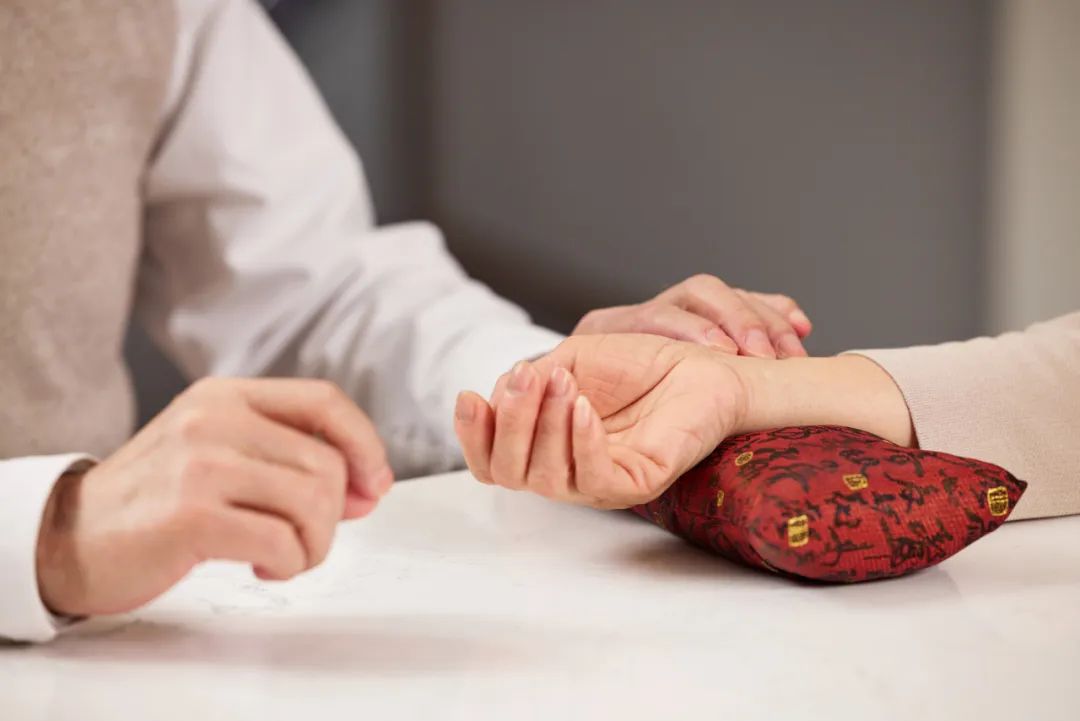
6. Differentiating Xu and Shi based on the form of disease
This mainly refers to differentiation based on the accumulation, dispersion, emptiness, and hardness of the disease.
For example, Qi stagnation upwards is Shi, while downward sinking is Xu; Qi accumulation internally is Shi, while external dispersion is Xu.
7. Differentiating Xu and Shi based on wind evil
The “Ling Shu – Jiu Gong Ba Feng Pian (Nine Palaces and Eight Winds)” states: “Wind that comes from its native place is called Shi wind, which promotes growth and nourishes all things; wind that comes from the opposing direction is called Xu wind, which harms people and is deadly. One should be cautious of Xu wind and avoid it.”
Zhang Jiebin explains: “The native place refers to the native place of Tai Yi. For example, when the moon is in the Rat position, the wind comes from the north, which is the correct winter Qi; when the moon is in the Rabbit position, the wind comes from the east, which is the correct spring Qi; when the moon is in the Horse position, the wind comes from the south, which is the correct summer Qi; when the moon is in the Rooster position, the wind comes from the west, which is the correct autumn Qi. The four corners and twelve positions all have this principle. When the Qi is in its correct position, Zheng Qi is abundant, hence it is called Shi wind, which can promote growth and nourish all things. When the Qi is not in its correct position, Zheng Qi is insufficient, hence it is called Xu wind, which can harm people and is deadly, and should be avoided.”
Xu wind and Shi wind are also referred to as “Xu Xie (虚邪) and Zheng Xie (正邪)” in the “Neijing (Inner Canon)”, as stated in the “Ling Shu – Xie Qi Cang Fu Bing Xing Pian (Pathogenic Qi in the Cavity of the Body)”: “Xu Xie is within the body, causing sweating and movement; Zheng Xie is within the person, causing subtle changes…”
Based on the above analysis, the concept of Xu and Shi in TCM is extremely broad, encompassing multiple aspects.
Both Zheng Qi and Xie Qi can have Xu and Shi, thus in pathological changes and disease conditions, there is always a presence of Xu and Shi. Simply relying on the phrase from the “Tong Ping Xu Shi Lun” that “when Xie Qi is strong, it is Shi; when essence Qi is depleted, it is Xu” cannot encompass the full scope of Xu and Shi.


•2023 Year of the Rabbit, Detailed Analysis of the Zodiac Fortune! Come and see how your fortune is in the Year of the Rabbit!
• TCM expert Zhu Liangchun’s effective prescriptions for treating insomnia!
• TCM: You feel heat, but it is actually too cold inside you!
• After the beginning of spring, if you experience bitter mouth, insomnia, and poor emotions, it is due to liver Qi stagnation! This can be adjusted!
• It is time to correct these four misconceptions about TCM!
• TCM: Learn how to distinguish between Yin Xu and Yang Xu, it’s easy to learn!
• Chronic diarrhea that won’t go away, try the six methods of treatment from an experienced TCM doctor!
• If you want to learn TCM well, you must understand these ten characters!
• TCM: If dampness is not eliminated, there will be endless troubles! Learn this trick to eliminate dampness in one minute!
